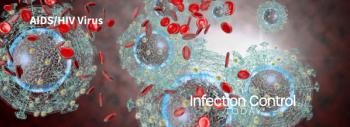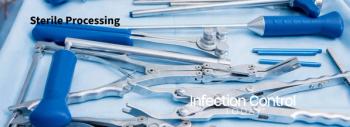
New Disinfection Technique Could Revolutionize Hospital Room Cleaning
A Queens University infectious disease expert has collaborated in the development of a disinfection system that may change the way hospital rooms all over the world are cleaned as well as stop bed bug outbreaks in hotels and apartments.
This is the future, because many hospital deaths are preventable with better cleaning methods, says Dick Zoutman, who is also Quinte Health Cares new chief of staff. It has been reported that more than 100,000 people in North America die every year due to hospital acquired infections at a cost of $30 billion. Thats 100,000 people every year who are dying from largely preventable infections.
Zoutman has also used this disinfection technology to kill bed bugs. A major U.S. hotel chain has already expressed interest in the technology because of its potential to save the company millions of dollars in lost revenue and infected furniture.
Zoutman worked in collaboration with Dr. Michael Shannon of Medizone International at laboratories located in Innovation Park, Queens University. Medizone is commercializing the technology and the first deliveries are scheduled for the first quarter of 2012.
The new technology involves pumping a Medizone-specific ozone and hydrogen peroxide vapor gas mixture into a room to completely sterilize everything including floors, walls, drapes, mattresses, chairs and other surfaces. It is far more effective in killing bacteria than wiping down a room.
Zoutman says the technique is similar to what we now know Mother Nature uses to kill bacteria in humans. When an antibody attacks a germ, it generates ozone and a minute amount of hydrogen peroxide producing a new highly reactive compound that is profoundly lethal against bacteria, viruses and mold.
It works well for Mother Nature and is working very well for us, says Zoutman
There are other disinfecting technologies that involve pumping gas into a room, but Medizones method is the only one that sterilizes as well as surgical instrument cleaning. It also leaves a pleasant smell and doesnt affect any medical equipment in the room. The entire disinfection process is also faster than other methods it takes less than one hour.
Zoutman says the technology could also be used in food preparation areas and processing plants after outbreaks such as listeria and to disinfect cruise ships after an infection outbreak.
Study results on the process are published in the December issue of the American Journal of Infection Control.
Newsletter
Stay prepared and protected with Infection Control Today's newsletter, delivering essential updates, best practices, and expert insights for infection preventionists.






